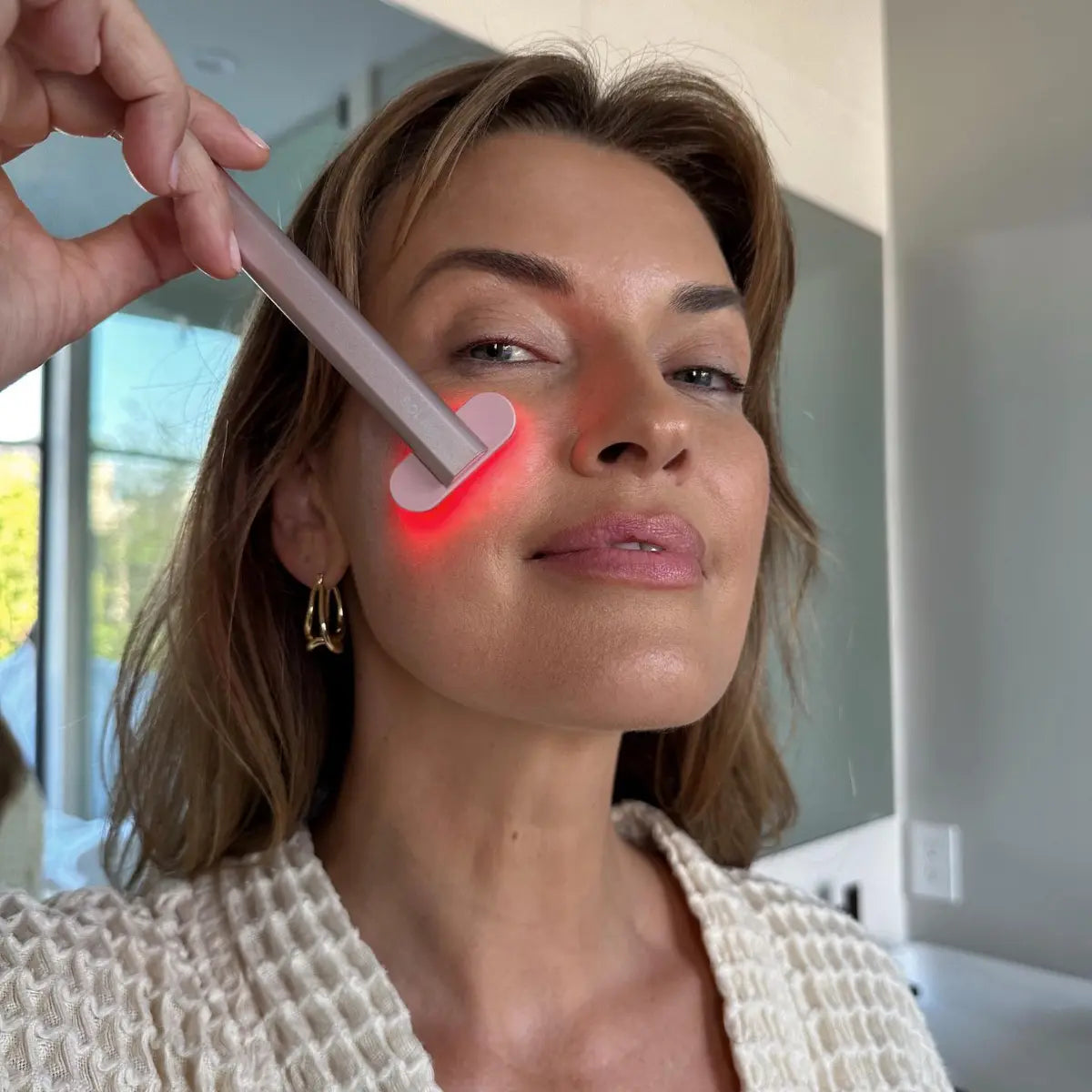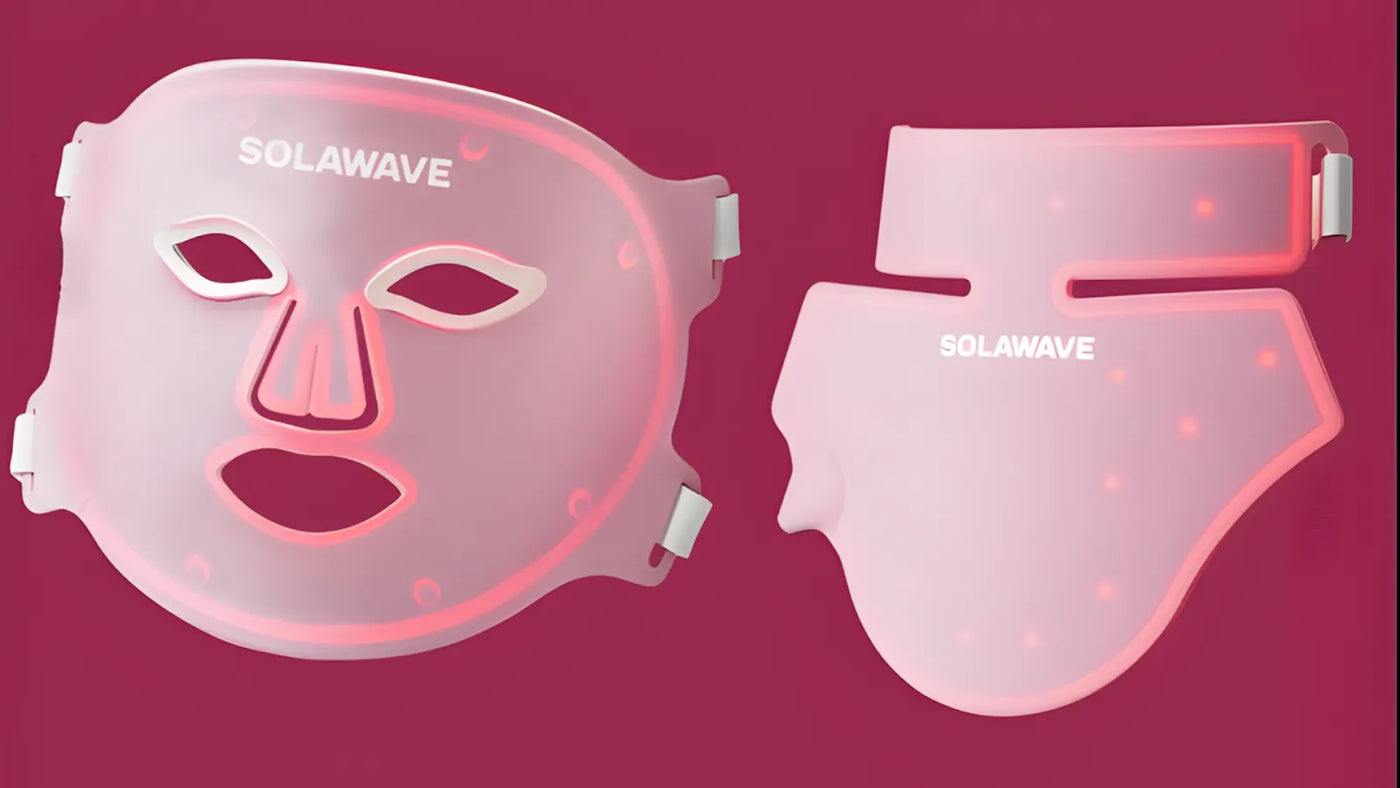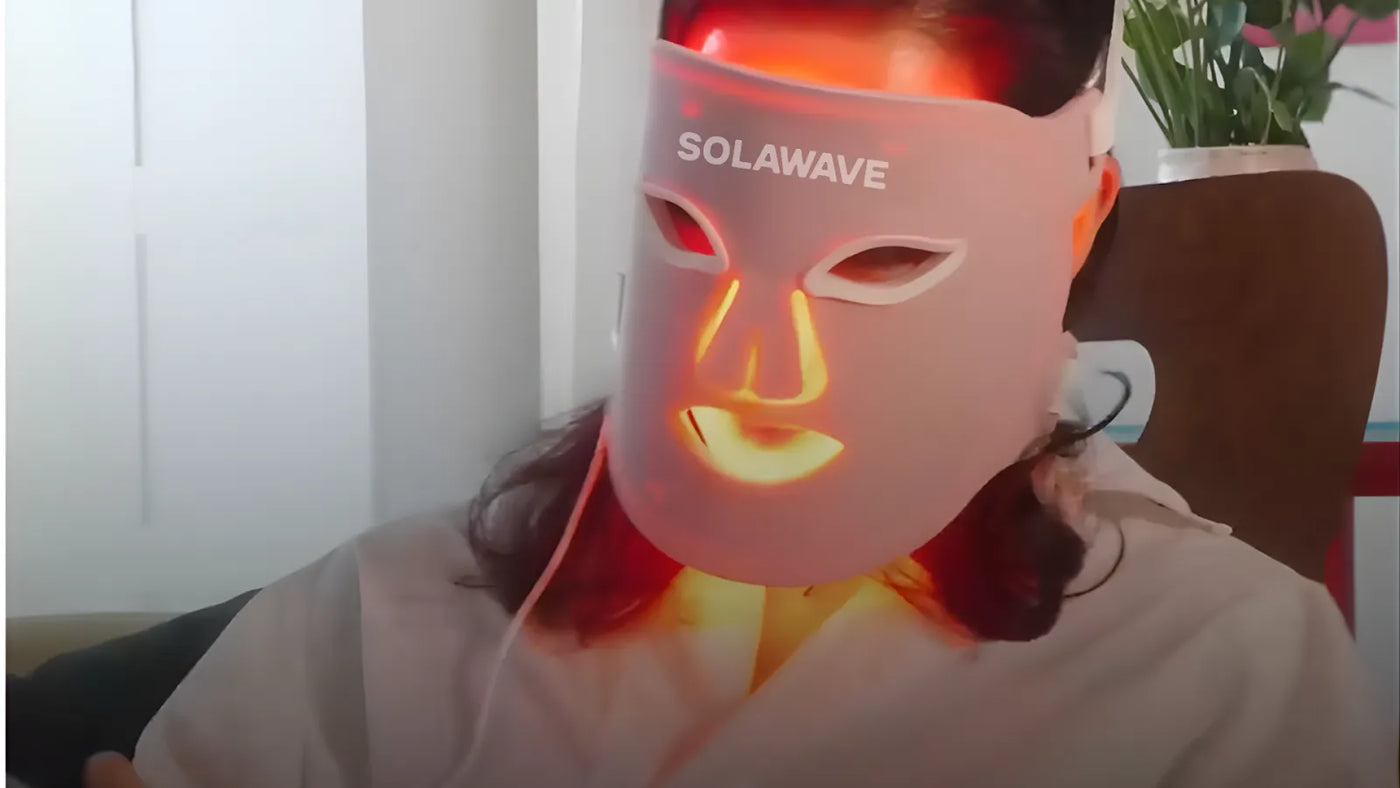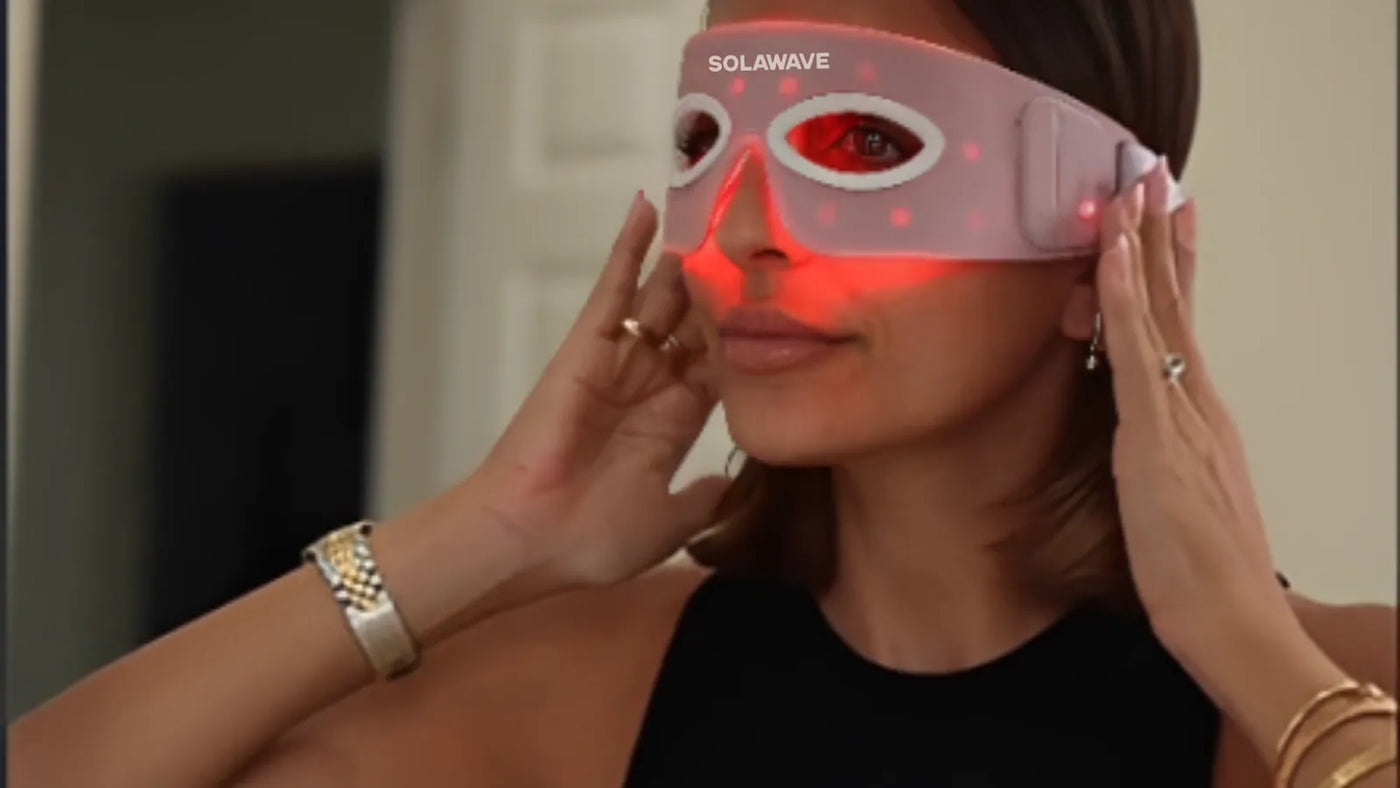

Red Light Therapy For Skin Rejuvenation: Does It Work?
Many people search for ways to refresh tired, aging skin without turning to invasive treatments. With so many skincare trends circulating, it’s understandable to wonder if you should be using Red Light Therapy for skin rejuvenation. Can it actually deliver a fresher, healthier-looking complexion? As interest in the potential benefits of Red Light Therapy grows, along with questions about its safety, sorting fact from hype becomes increasingly important. This article explores the latest research, compares at-home and professional devices, and shares what you need to know to confidently decide if this approach fits your skin care goals for luminous, glowing skin.
What is Red Light Therapy?
Red Light Therapy (RLT) is a non-invasive skincare technique that uses low levels of red and near-infrared light to improve skin appearance and promote radiance. Unlike UV light, which can damage the skin, red light targets cells without causing harm. It works by supporting cellular energy production, which in turn can bolster collagen production and improve circulation. This process, known as photobiomodulation, enhances the skin’s ability to rejuvenate naturally. RLT has become increasingly popular for addressing visible signs of aging, improving texture, and reducing the appearance of skin concerns like inflammation.
What Are the Benefits of Red Light Therapy for Skin?
-
Helps Reduce Wrinkles and Fine Lines: By promoting collagen production, red light therapy helps lessen the appearance of wrinkles and fine lines, leading to smoother, firmer-looking skin.
-
Helps Improve Skin Tone and Texture: Increased circulation and cell turnover help reduce the look of blemishes, smooth uneven skin, and create a more luminous complexion.
-
Reduced Inflammation: With calming properties, red light therapy can visibly reduce redness and puffiness, leaving skin healthier-looking and more balanced.
-
Enhanced Wound Healing: This treatment supports the skin’s healing process, aiding in quicker recovery from minor skin irritations, burns, or post-procedure redness.
-
Acne Reduction: Red Light Therapy, when combined with Blue Light Therapy, helps reduce acne-related inflammation and helps fight acne-causing bacteria, contributing to clearer, healthier skin.
Can Red Light Therapy Help Rejuvenate the Appearance of Skin?
Red Light Therapy offers promising results for rejuvenating the appearance of skin. By supporting healthy collagen production, it can improve skin’s elasticity and reduce the look of fine lines and wrinkles. Rather than simply covering up concerns, Red Light Therapy addresses the natural changes that come with skin aging. Enhanced collagen levels help skin appear plumper, while improved circulation brings vital nutrients and oxygen, contributing to a brighter, healthier-looking complexion. This gentle approach makes it possible to achieve skin that looks visibly refreshed and revitalized.
How Does Red Light Therapy Stimulate Collagen Production?
Red light therapy enhances collagen production through photobiomodulation. When red and near-infrared light penetrate the skin, they are absorbed by the mitochondria, which are the energy centers of the skin’s cells. This encourages fibroblasts, cells that produce collagen, to work more actively. As these fibroblasts increase their activity, they generate more collagen, helping strengthen the skin’s natural support system. This process smooths the skin’s appearance, improving firmness and reducing visible wrinkles for a more youthful look. In essence, red light therapy harnesses the skin’s natural ability to maintain resilience and vitality.
Is Red Light Therapy Safe for All Skin Types?
Red light therapy is generally safe for a wide range of skin types and tones. Unlike UV light, RLT does not cause sunburn or damage the skin. However, individuals with particularly sensitive skin or those using photosensitizing medications should exercise caution by consulting a dermatologist before trying it. A patch test is recommended before full-face treatments to prevent potential irritation. Although rare, some people may experience mild redness or dryness after the treatment, which typically resolves quickly. Always follow the manufacturer’s guidance and use devices approved by reliable regulatory authorities to ensure safety.
Can Red Light Therapy Offer Similar Results to Other Skin Rejuvenation Treatments?
While Red Light Therapy may not replace more intensive treatments like laser resurfacing or chemical peels, it offers a non-invasive way to achieve gradual, visible improvements. Professional treatments often provide faster outcomes due to their strength, but RLT carries minimal risk, making it ideal for those seeking subtle enhancements without downtime. Though deep wrinkles may not disappear entirely, consistent red light therapy can help noticeably reduce their appearance and refine overall skin texture. Think of RLT as a complementary tool for maintaining and enhancing your skincare results rather than a one-size-fits-all solution.
How Can Red Light Therapy Be Incorporated Into a Skincare Routine?
Incorporating red light therapy into your skincare routine is straightforward. Cleanse your skin thoroughly beforehand to ensure maximum light absorption, and apply it before moisturizing. Many at-home devices are designed for daily use or several times a week. Consistency is key to achieving results, so maintain a regular schedule. Evening sessions are often beneficial, as the skin’s natural repair processes are most active at night. Pair RLT with hydrating and nourishing products, like hyaluronic acid or vitamin C serums, to complement the treatment, but always adhere to product instructions to avoid irritation.
Can Red Light Therapy Effectively Treat Specific Skin Concerns Like Acne Scars?
Red light therapy can help improve the appearance of acne scars by promoting collagen remodeling. While it may not completely erase deep scars, it can soften their appearance and enhance the skin’s texture over time. Additionally, RLT’s anti-inflammatory properties can reduce redness and post-inflammatory hyperpigmentation, further improving the skin’s overall look. For more pronounced results, consider combining red light therapy with other treatments, such as chemical peels or micro-needling, to amplify the skin’s regenerative processes.
Are Professional Red Light Therapy Treatments More Effective Than At-Home Devices?
Professional-grade treatments typically use devices with higher light intensity and wider coverage, providing quicker and more noticeable changes. However, advancements in at-home devices have made them increasingly effective, especially for consistent users. Choosing a high-quality device with suitable wavelengths and adhering to a routine are critical to achieving results. While professional treatments are ideal for deeply rooted concerns, at-home devices work well for ongoing maintenance and subtle improvements, allowing you to build a professional-like skincare regimen at home.
What Do Dermatologists Say About Red Light Therapy for Skin Rejuvenation?
Avoid Using Sunscreen Concurrently
Dermatologists recommend avoiding sunscreen right before or after red light therapy, as it can block the beneficial light wavelengths, diminishing the treatment's effectiveness.
Start with Shorter Exposure Times
Experts suggest beginning with shorter sessions and gradually increasing them, allowing your skin to adapt while minimizing sensitivity or irritation.
Maintain Realistic Expectations
Realistic expectations matter. Red light therapy aims to deliver gradual results over weeks, requiring patience and consistent use for noticeable improvements.
Focus on Consistency for Optimal Results
Consistency is vital. Regular treatments on a reliable schedule are far more effective than irregular sessions, helping you achieve visible rejuvenation.
Consult a Professional for Specific Skin Concerns
If you have concerns or specific skin needs, dermatologists recommend consulting an expert to determine if red light therapy is the right option or to address potential contraindications.
How Long Does It Take for Red Light Therapy to Improve Skin?
Visible improvements from Red Light Therapy can vary from person to person, but many notice changes within four to eight weeks of consistent use. Most people see the best results when using Red Light Therapy several times a week, allowing the skin time to respond and renew. Gradual improvements may include smoother texture, a brighter appearance, and a reduction in the look of fine lines. Patience and regular sessions are key for achieving the most noticeable benefits.
Is 10 Minutes of Red Light Therapy Enough?
Ten minutes per session is often considered an effective amount of time for Red Light Therapy, especially when used regularly. Most at-home devices recommend sessions ranging from 10 to 20 minutes, depending on the device’s strength and the area being treated. Consistency matters more than session length, so shorter, frequent sessions can be just as beneficial as longer treatments. Always follow the guidelines provided with your device to ensure safe and optimal results.
What Not to Do After Red Light Therapy
After a Red Light Therapy session, it’s best to avoid applying harsh skincare products, such as strong exfoliants or acids, which could irritate freshly treated skin. Give your skin time to absorb the benefits by choosing gentle, hydrating products instead. It’s also a good idea to avoid direct sun exposure immediately after treatment, as your skin may be more sensitive. Always use sunscreen during the day to help protect your refreshed-looking skin.
What Is the Most Effective Red Light Therapy Device?
Choosing the right Red Light Therapy device depends on your skincare goals and the areas you want to target. Here’s a closer look at four standout options, each designed for a specific need and lifestyle.
Wrinkle Retreat Light Therapy Face Mask
For those seeking full-face rejuvenation, the Wrinkle Retreat Light Therapy Face Mask offers a hands-free, spa-quality experience at home. This FDA-cleared mask uses both Red Light Therapy and Near-Infrared Light Therapy to visibly firm skin, smooth fine lines, and even out skin tone. Its flexible, medical-grade silicone design contours comfortably to your face, making it easy to use while relaxing or multitasking. The included LightBoost™ Face & Neck Serum is formulated to enhance the effects of the mask, supporting a smoother, more radiant complexion over time.
4-in-1 Red Light Therapy Wand
If you want targeted results and flexibility, the 4-in-1 Red Light Therapy Wand is a portable, 4-in-1 device that combines Red Light Therapy, Therapeutic Warmth, Galvanic Current, and Facial Massage. This wand is ideal for focusing on specific areas like smile lines, jawline, or under the eyes. The built-in timer and rotating head allow you to customize each session, while the LightBoost™ Activating Serum helps the wand glide smoothly and supports hydration for a refreshed, glowing look.
Red Light Therapy Eye Mask LightBoost Set
For those who want to address the delicate eye area, the Red Light Therapy Eye Mask LightBoost Set is designed to visibly brighten dark circles, reduce puffiness, and soften fine lines. This FDA-cleared mask uses four wavelengths, Amber, Red, Deep Red, and Near-Infrared Light Therapy, to target multiple concerns around the eyes. The hands-free, adjustable design fits comfortably, and the LightBoost™ Eye Cream supports firmer, more luminous skin with each use.
Neck and Chest Red Light Therapy Mask
If your focus is on the neck and chest, areas that often show signs of sun damage and aging, the Neck and Chest Red Light Therapy Mask offers targeted coverage. This flexible, hands-free mask uses Red and Near-Infrared Light Therapy to visibly firm sagging skin, smooth horizontal lines, and even out skin tone.
Choosing the Right Device: Tips and Tricks
Finding the best Red Light Therapy device for your needs starts with understanding your skin goals and lifestyle. Here are some tips to help you make a confident choice:
1. Identify Your Main Concerns Consider which areas you want to focus on. If you’re looking to refresh your entire face, a full-face mask like the Wrinkle Retreat Light Therapy Face Mask is ideal. For targeted care, such as softening smile lines or depuffing under the eyes, a wand or eye mask may be a better fit.
2. Think About Your Routine Choose a device that fits easily into your daily or weekly schedule. Hands-free masks are great for multitasking, while portable wands offer flexibility if you travel or prefer quick, targeted sessions.
3. Look for Multi-Functionality Some devices, like the 4-in-1 Red Light Therapy Wand, combine Red Light Therapy with other features such as Therapeutic Warmth, Galvanic Current, and Facial Massage. If you want to upgrade your skincare routine with extra benefits, a multi-technology device can be a smart investment to cover all bases.
4. Check Comfort and Fit A device should feel comfortable and easy to use. Flexible silicone masks contour to your face, neck, or chest, while wands should glide smoothly over the skin. Adjustable straps and lightweight designs make treatments more enjoyable.
5. Pair With the Right Skincare Many Red Light Therapy devices work best when paired with a compatible serum or cream. These formulas are designed to support hydration, enhance results, and help your skin look luminous and refreshed.
6. Consider Safety and Support Look for FDA-cleared devices and review any usage guidelines or contraindications. If you have questions or unique skin needs, reach out to the brand’s customer support or consult your skincare provider.
Conclusion
The versatility of red light therapy makes it a standout skincare tool, safe for all skin types and tones. By committing to regular treatments, following best practices, and consulting professionals when needed, you can achieve a luminous, refreshed complexion while embracing an effective, non-invasive approach to skin rejuvenation.
Ready to elevate your skincare routine with the latest in Red Light Therapy? Explore the full collection at Solawave, where you’ll find advanced devices, nourishing skincare, and must-have accessories. Discover options that blend innovation with self-care, so you can enjoy healthier-looking, glowing skin every day.
Sources:
-
Photobiomodulation and Skin Rejuvenation | National Institutes of Health (NIH) / PubMed Central
-
Red Light Therapy for Skin | National Institutes of Health (NIH) / PubMed Central
-
Red Light Therapy in Dermatology | National Institutes of Health (NIH) / PubMed Central






















